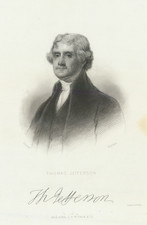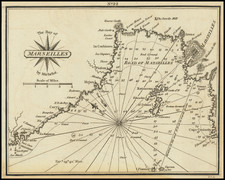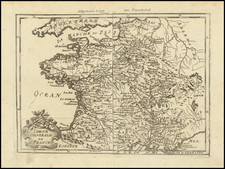Born as Philippe II, Duke of Orléans, but known widely as Philippe d'Orléans or simply Orléans, the portrait in question encapsulates the life of an intriguing figure from French history. This dignified portrayal is of a man who, though born to a life of nobility, was called upon to bear the weight of ruling an entire kingdom as Regent for the young Louis XV of France.
Philippe II, Duke of Orléans was born on August 2, 1674, to the French nobleman Philippe I, Duke of Orléans, and his wife, Elizabeth Charlotte of the Palatinate. His birth secured his position as a member of the House of Bourbon, cementing his place within the complex hierarchy of French nobility.
Orléans' life took a drastic turn following the death of Louis XIV in 1715. The king's five-year-old great-grandson, Louis XV, was next in line to the throne, but was too young to assume the reins of governance. Orléans was thus appointed as the Regent of France, a role he held until Louis XV came of age in 1723.
As a regent, Orléans worked to establish a more balanced monarchy and a more equitable France. He implemented reforms that helped to stabilize the economy, which had been left in dire straits by Louis XIV's wars and extravagance. His 'System' was designed to reduce France's public debt and stimulate economic growth, with varying degrees of success.
Orléans' regency was also characterized by a lessening of royal absolutism and a decentralization of government. He initiated a system of provincial assemblies to ensure the wider dissemination of administrative power, marking a shift away from the centralized authority that characterized Louis XIV's reign.
His rule was, however, not without its controversies. Orléans was known for his extravagant lifestyle and his court was famed for its hedonism. He was often criticized for his relaxed morals and the debauchery of his court, which stood in stark contrast to the stern court of Louis XIV.
Alain Mannesson Mallet (1630-1706) was a French mapmaker and engineer who served in the armies of Louis XIV. After rising through the ranks, Mallet was appointed as Inspector of Fortifications, a job which also required mathematical skills and which made him a competent military engineer. Eventually, he joined the court of Louis XIV at Versailles, where he taught math and focused on writing.
Mallet is best known for his Description de L’Univers, first published in 1683, in five volumes. A wide-ranging geographical work, the Description included textual descriptions of the countries of the world, as well as maps of the celestial sky and the ancient and modern worlds. The Description continued to be published until the early eighteenth century. He also published a work in three volumes on warfare (1684) and a primer on geometry (1702).









![(WWII Propaganda Map) Newsmap for the Armed Forces. 257th Week of the War - 139th Week of U.S. Participation. Monday, 14 August 1944. Volume III, No. 17B [and] No. 17F. [on verso:] Let This Do Your Talking!](https://storage.googleapis.com/raremaps/img/small/95408.jpg)



![[Composite Lafreri-style Atlas of Battle Plans and Fortifications]](https://storage.googleapis.com/raremaps/img/small/92702.jpg)
